Skip over navigation
I've been seeing tessellations in lots of different places and realise that they are being used in so many situations such as tiling on both walls and floors.
At visits to various garages and big buildings I've seen one particular style of tile that's good to create and tessellate. Here's how it goes.
A - You start with a rectangle that is twice as long as it is wide.
B - Then you make a roof shape at one end - this one happens to be as high as a quarter of the base of the triangle it has made.
C - You then put the same triangle on the other end.
D - On one side you take a bite out just the same size as the roof triangle.
E - Then do the same at the other end of the opposite side.
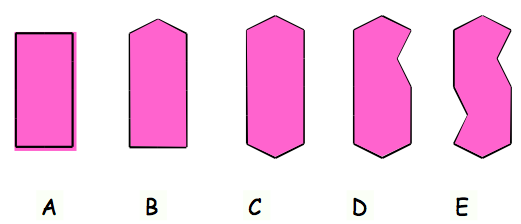
Now you have the tile shape for tessellating like the floors I've seen.
One way I've seen is like this:
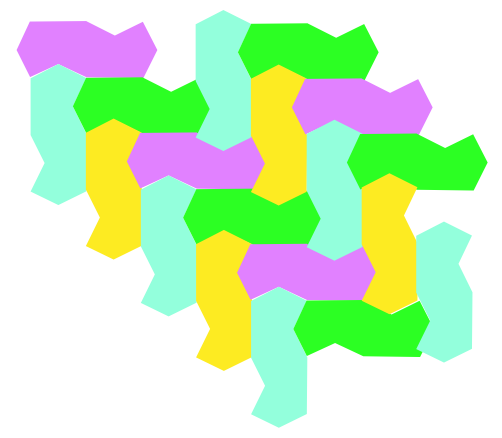
At another garage I saw a tile like this:
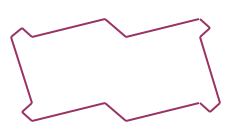
These were put together like this [I've coloured them to see the pattern more easily]:
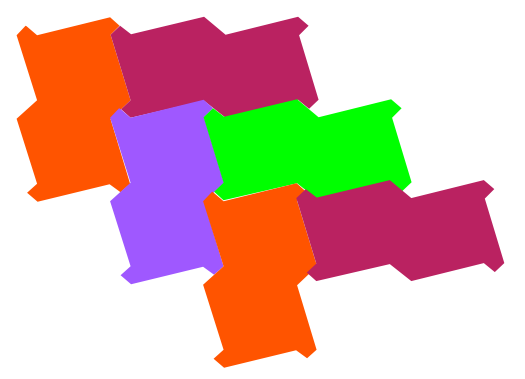
or
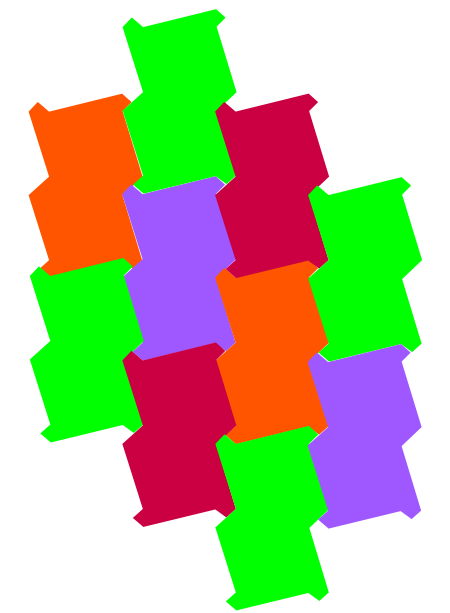
Now it's time for you to try and find some ways of putting shapes - like these two examples - together!
Let us know how you made your shape and do send us some pictures of your tessellations.


Or search by topic
Number and algebra
Geometry and measure
Probability and statistics
Working mathematically
Advanced mathematics
For younger learners
Escher Tessellations
Age 7 to 11
Challenge Level 





I've been seeing tessellations in lots of different places and realise that they are being used in so many situations such as tiling on both walls and floors.
At visits to various garages and big buildings I've seen one particular style of tile that's good to create and tessellate. Here's how it goes.
A - You start with a rectangle that is twice as long as it is wide.
B - Then you make a roof shape at one end - this one happens to be as high as a quarter of the base of the triangle it has made.
C - You then put the same triangle on the other end.
D - On one side you take a bite out just the same size as the roof triangle.
E - Then do the same at the other end of the opposite side.

Now you have the tile shape for tessellating like the floors I've seen.
One way I've seen is like this:

At another garage I saw a tile like this:

These were put together like this [I've coloured them to see the pattern more easily]:

or

Now it's time for you to try and find some ways of putting shapes - like these two examples - together!
Let us know how you made your shape and do send us some pictures of your tessellations.
You may also like
Penta Place
Penta people, the Pentominoes, always build their houses from five square rooms. I wonder how many different Penta homes you can create?
Tessellating Triangles
Can you make these equilateral triangles fit together to cover the paper without any gaps between them? Can you tessellate isosceles triangles?

